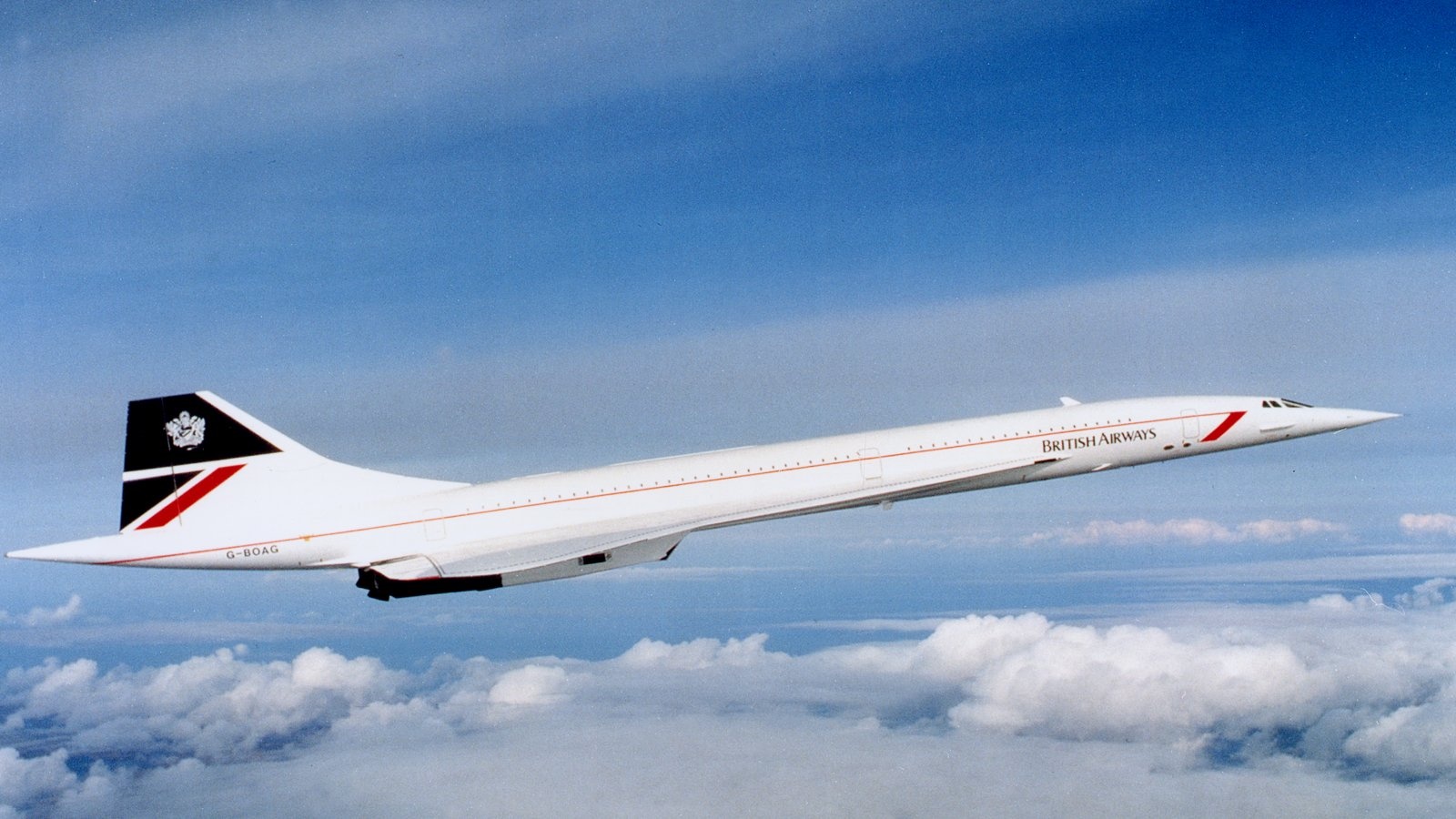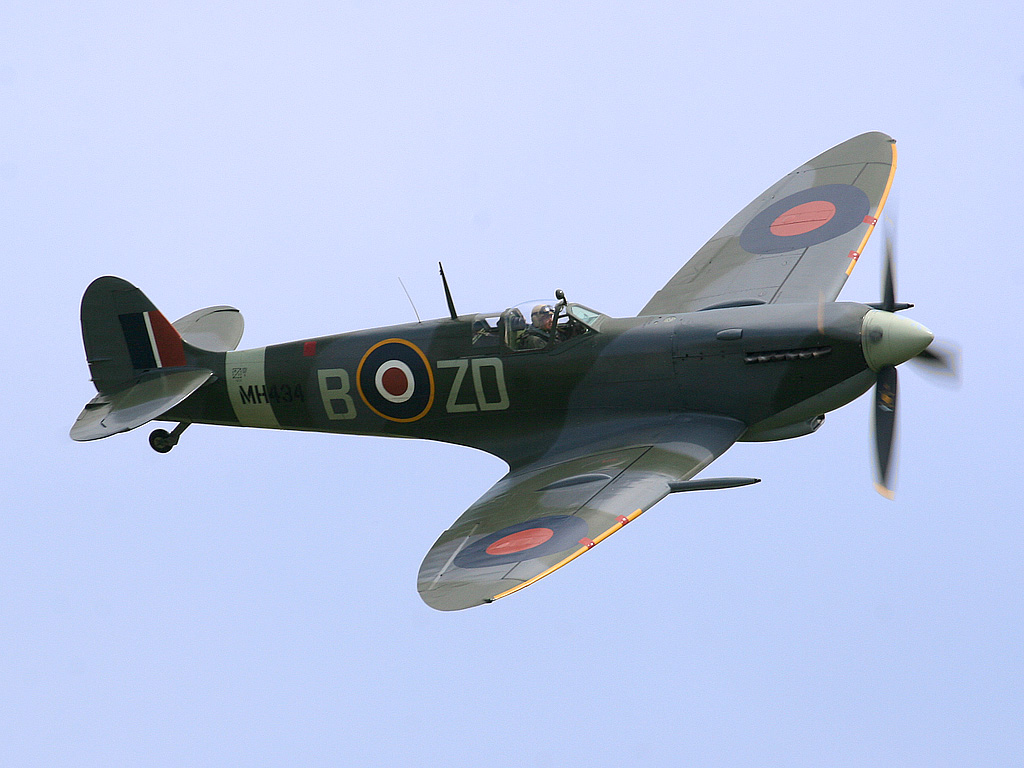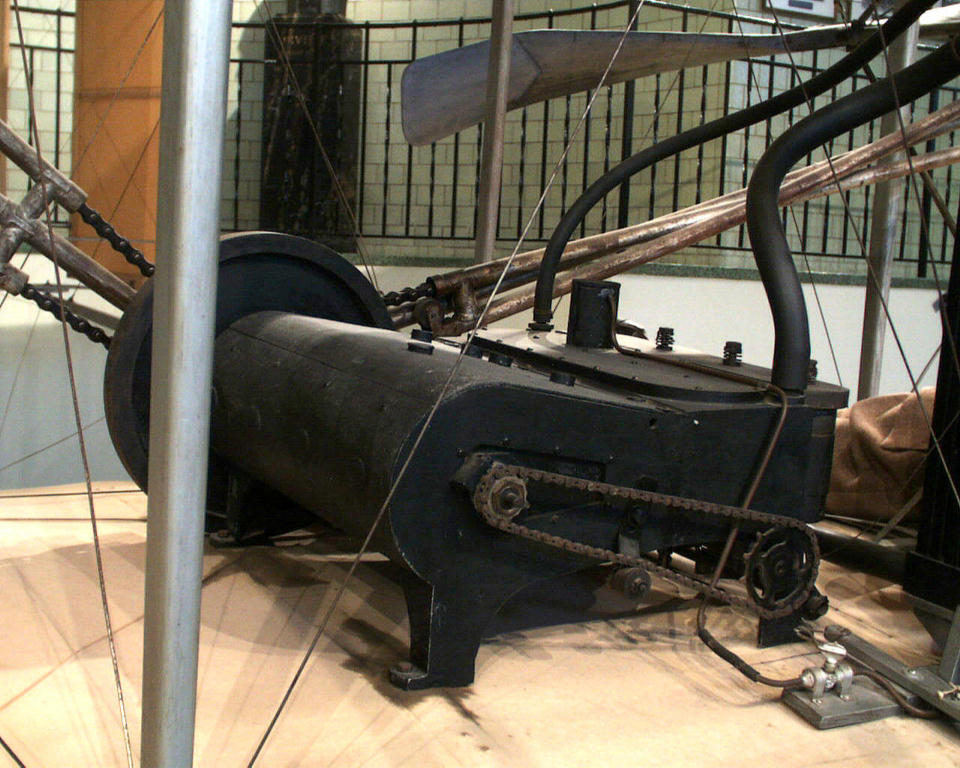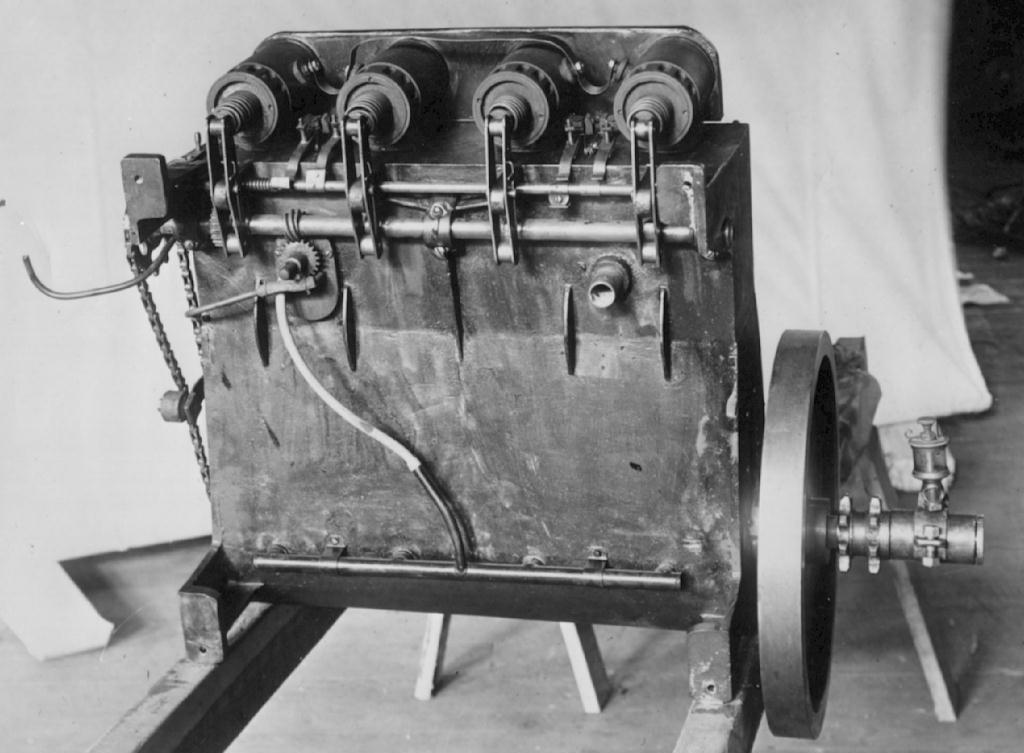Leeham News and Analysis
There's more to real news than a news release.
Bjorn’s Corner: Aircraft drag reduction, Part 14
January 26, 2018, ©. Leeham Co: In the last Corner, we discussed Induced drag after having covered Friction drag and Form drag. These are the main drag components of a subsonic aircraft.
As the aircraft flies over Mach 0.5, an additional drag is added, this time based on the air’s compressibility, transonic or supersonic drag.
Bjorn’s Corner: Aircraft drag reduction, Part 13
January 19, 2018, ©. Leeham Co: In the last Corner, we described how the boundary layer theory lead to the understanding of Friction drag for aircraft. The mechanisms behind Induced drag was understood about the same time.
Once again Prandtl was involved, but it was an English person who first postulated the physical root of induced drag, Fredrick Lanchester.
Bjorn’s Corner: Aircraft drag reduction, Part 12
January 12, 2018, ©. Leeham Co: In the last Corner, we described how the theory for the boundary layer was proposed by Ludwig Prandtl, and how this led to an understanding of the source of Friction drag for an aircraft.
We will now continue with describing how the role of Friction drag was researched and how aircraft designers learned how to reduce it.
Bjorn’s Corner: Aircraft drag reduction, Part 11
January 05, 2018, ©. Leeham Co: In the last Corner we described a dominant drag component affecting the Wright Brothers’ Flyer, Form drag. The many wires and braces on the Flyer created separations and a high Form drag was the result.
At the time, Langley and others thought friction drag could be neglected. Now we describe how it was discovered one couldn’t and how it gradually made its way to the top of the drag contributors.
Bjorn’s Corner: Aircraft drag reduction, Part 10
December 22, 2017, ©. Leeham Co: In the last Corner, we described how the Wright Brothers flew a manned aircraft for the first time, propelled by its own power.
Now we will disscuss what was known about what stopped so many projects from achieving the flight distances the Wright’s could do, the aircraft’s drag.
Bjorn’s Corner: Aircraft drag reduction, Part 9
December 15, 2017, ©. Leeham Co: In the last Corner, we described how the Wright Brothers developed the first theory for propellers. It was based on their wing work and allowed them to design an efficient pair of propellers for their 1903 Wright Flyer.
We will now describe their first propelled flights, December 1903, and prepare for looking at the lift and drag of the aircraft.
Bjorn’s Corner: Aircraft drag reduction, Part 8
December 08, 2017, ©. Leeham Co: In the last Corner we described how the Wright Brothers developed their own engine, as there were no light engines on the market.
After understanding how to design wings, how to control the aircraft and having designed a suitable engine, the final item the Wrights needed was a working propeller.
Bjorn’s Corner: Aircraft drag reduction, Part 7
December 01, 2017, ©. Leeham Co: In previous Corners, we looked at how the Wright Brothers understood the wing aerodynamics and aircraft control.
We now describe how the Wright cracked the third nut keeping them from manned flight, propulsion.
When they had mastered the design of effective wings and control of their gliders (see previous Corners), the Brothers now worked on finding an engine and a functioning propeller.
Bjorn’s Corner: Aircraft drag reduction, Part 6
November 24, 2017, ©. Leeham Co: In the last Corner, we described how the Wright Brothers obtained the aerodynamic data they needed to design gliders and aircraft.
But there was additional knowledge they needed: how to control an aircraft and how to drive it forward.
Bjorn’s Corner: Aircraft drag reduction, Part 5
November 17, 2017, ©. Leeham Co: In the last Corner, we described how the Wright Brothers (bicycle manufacturers in Dayton (OH)) decided to research their own aerodynamic data with the help of their own designed-and-built wind tunnel.
The wind tunnel was not more advanced than what had been done before. But their measurement system was. It built on their bicycle test setup, Figure 1.












